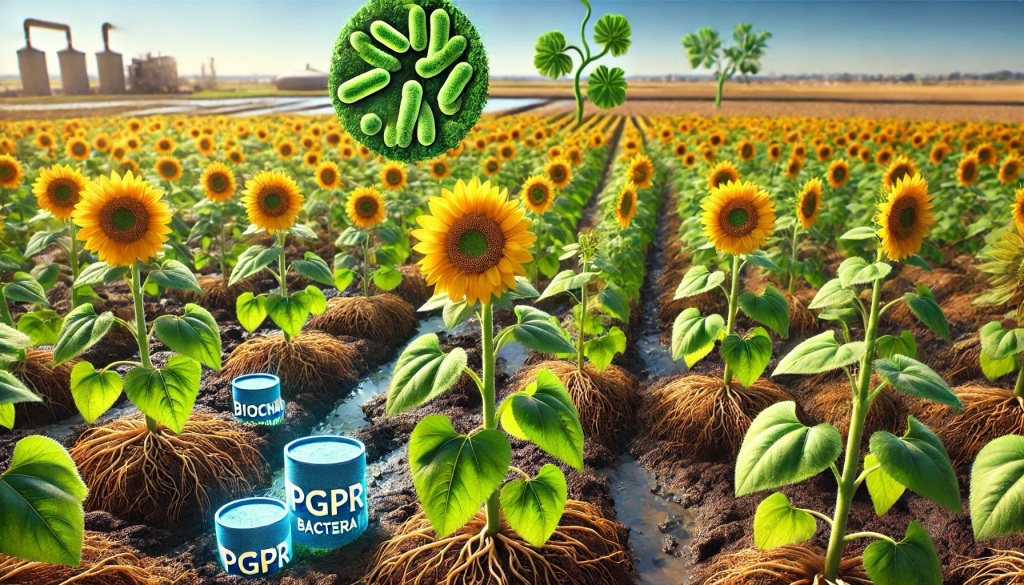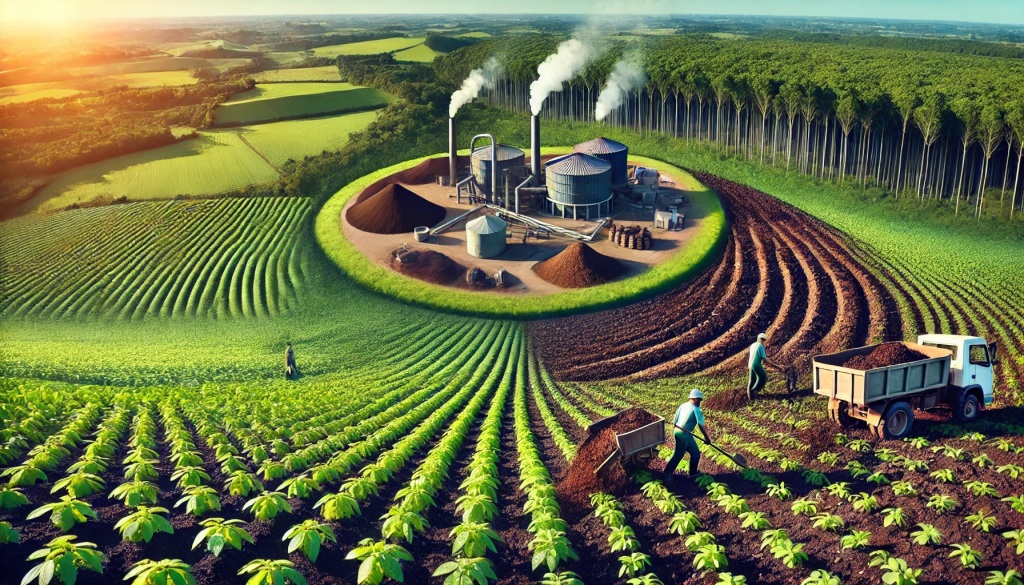
Influence of O2 on structural evolution of biochar in oxidative pyrolysis of cellulose. Journal of Analytical and Applied Pyrolysis. https://doi.org/10.1016/j.jaap.2024.106576
A recent study published in the Journal of Analytical and Applied Pyrolysis investigates how oxygen (O2) affects biochar during the oxidative pyrolysis of cellulose. Conducted by Guoming Gao and colleagues, the research explores how biochar evolves when subjected to temperatures between 300 and 600°C in the presence of 11% O2.
The study finds that oxidative pyrolysis begins reacting with organics on cellulose/biochar as low as 300°C, resulting in reduced biochar production but increased bio-oil formation. The oxidation process enhances the carbon-oxygen (C/O) and carbon-hydrogen (C/H) ratios in biochar due to the formation and elimination of oxygen-containing aliphatic structures. This also improves the combustion performance and kinetics of biochar, although it doesn’t necessarily increase thermal stability.
At 600°C, the presence of O2 significantly boosts micropore formation in biochar, with a specific surface area reaching 426.2 m²/g, compared to just 28.9 m²/g in a nitrogen environment. The study highlights that O2 promotes the formation of functional groups like -OH, C=O, and olefinic C=C but not aromatic C=C. These changes are crucial for applications where biochar’s surface properties are important, such as in activated carbon production, catalyst carriers, and electrocatalysts.
This research underscores the importance of understanding how O2 impacts the pyrolysis process, offering valuable insights for optimizing biochar production and enhancing its functional properties for various industrial applications.






Leave a comment